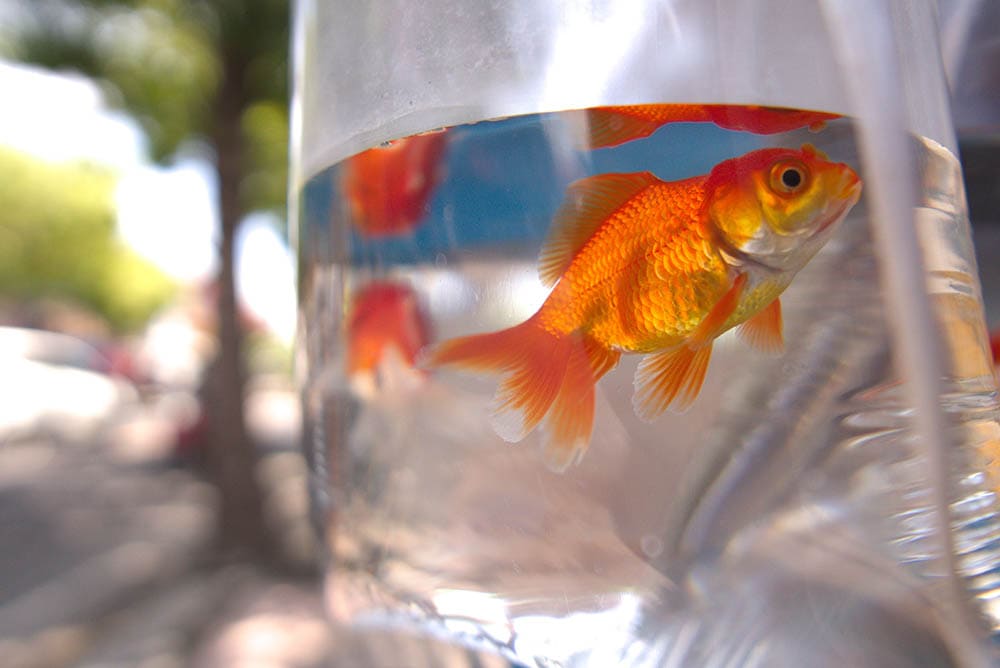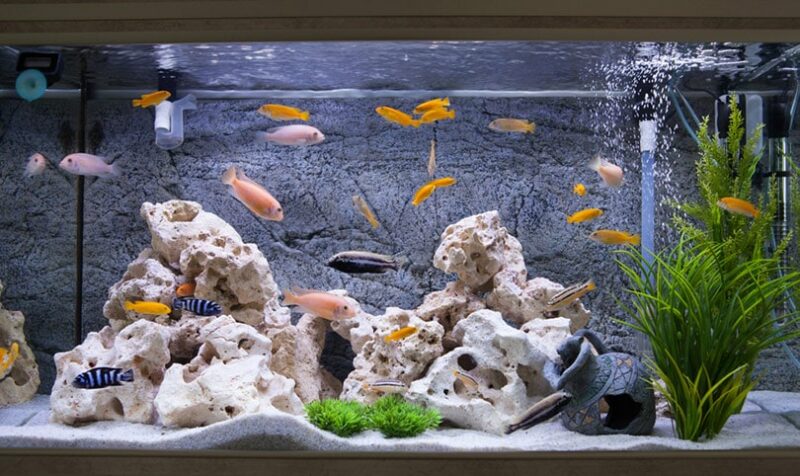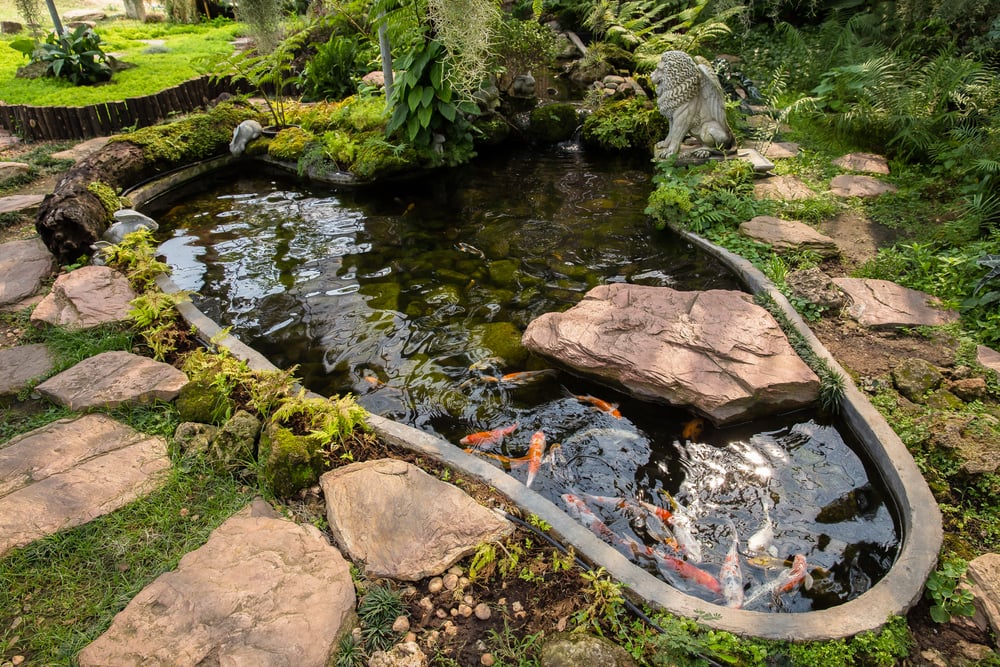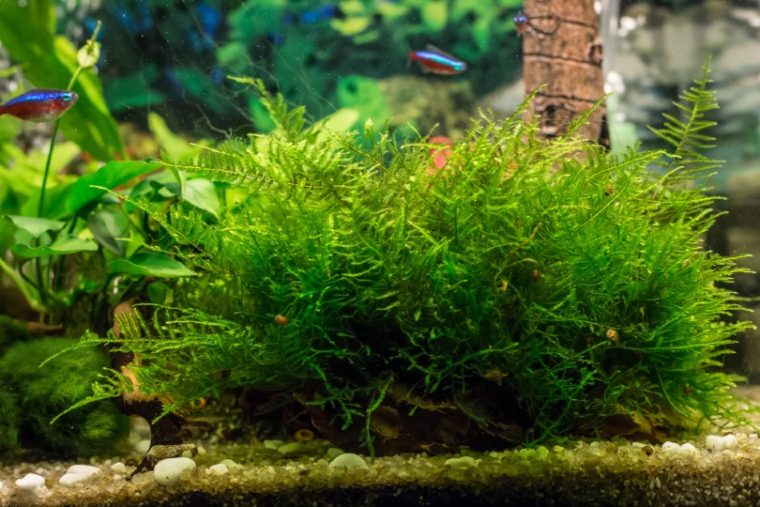
Adding plants to your aquarium can create a more natural and healthy environment for your fish, and it can also create a more attractive aquarium for you to look at. Many people are intimidated by choosing and maintaining aquarium plants, though, and avoid doing it altogether.
The good news is that it is possible to grow aquarium plants the easy way, but you have to know a few things going into it. Here are some of the top tips for helping you grow your aquarium plants the easy way.
How to Grow Aquarium Plants in 9 Easy Steps
1. Select the Right Plants
The plants you choose for your aquarium are the most important part of successfully growing plants in your aquarium. If you select plants based solely on their appearance, you may end up with plants that have vastly different parameter needs.
It’s important to choose plants that are well-suited to your tank type. It’s obvious that you wouldn’t select saltwater plants for your freshwater tank, but if you don’t read up on the needs of the plants you’re choosing, you may end up with acid-loving plants in your alkaline Cichlid tank.
You’ll also need to select plants that can stand up to the fish you keep. Some plants are more delicate than others, making them more prone to being eaten or uprooted by rowdy fish. Even for the roughest fish, you do have plant options, but you need to make sure the needs of the plants match up with the needs of your tank.
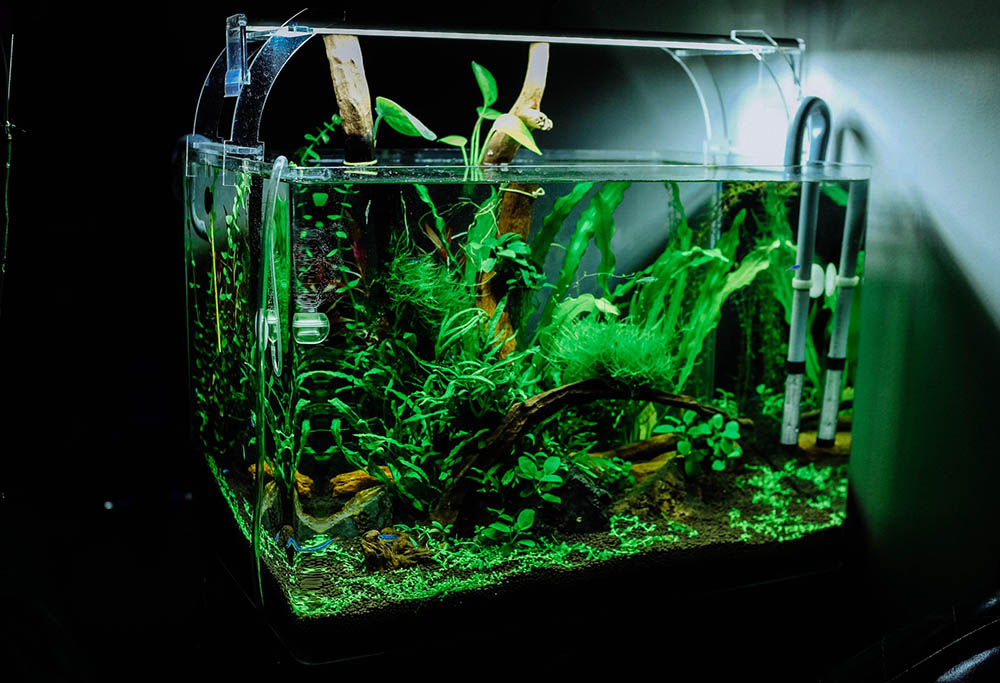
2. Invest in Lighting
The word “invest” may be a turn off for some people, but there are plenty of very affordable aquarium lights out there that can help you grow plants. The primary focus should be on finding a light that will meet the needs of your fish and the plants you’re choosing.
Plants that require high lighting may need plant-specific, powerful lights that can be costly. If you choose low light plants, you can likely get away with an inexpensive, basic aquarium light. You don’t have to break the bank to get a light for your aquarium, but you should be aware of the lighting needs of the plants you choose. Plants that receive too little light will often create a mess by shedding all over your tank, and some may even die. Low light plants that receive too much light may change colors or develop burnt leaves.
3. Research What Foods Your Plants Need
There are plenty of aquatic plant foods on the market, but it’s imperative that you know what type of food your plants need before you buy the first thing you see on the shelf. Some plants are root feeders, while others are water column feeders. Some plants can pull nutrients from either place.
Root feeders require a nutrient-rich substrate or root tabs, which need to be placed regularly to provide adequate food. Water column feeders are often easier to appease, only requiring food added directly to the water. However, some plants can thrive on nothing more than the waste products your fish produce, while others will need nutrient supplementation regularly. Make sure to read up on the nutrient needs of your plants to determine what kind of plant food you need to purchase, if any.

4. Prune Your Plants
It may seem a little bit backwards that regularly trimming your plants will lead to better growth, but think of it like humans getting a haircut. If you don’t get your hair cut, your hair may become unhealthy and begin breaking off, decreasing the length you have.
By pruning your plants, you encourage healthy, full growth. Pruning discourages legginess and is the top way to keep fast-growing plants from taking over your whole tank. You will need to research what pruning means for each plant, though. Some plants only need to be pinched or cut back as they grow, while others may require more intensive pruning processes. Purchasing an aquarium plant pruning kit can be an affordable and easy way to keep your plants growing healthily.
5. Avoid Buying Seeds
There are a lot of places, typically online, that sell aquatic plant seeds. The pictures often show lush carpets of growth across entire aquarium floors. Unfortunately, many of these sellers are selling terrestrial plants that will die off quickly in an aquarium.
For those that are selling truly aquatic plants, it can still be very difficult to achieve the growth you see in the pictures. The plants in the pictures are often grown in high-tech tank setups, which can be complex and require quite a bit of upkeep. Like with any plants, growing plants from seeds is much more complicated than purchasing pre-grown plants and simply keeping them alive.

6. Invest in Substrate
The substrate you select can be as specific as the plants you choose. Many people choose a substrate based on nothing more than the appearance of the substrate and their chosen aesthetic for their aquarium. However, some plants do require very specific substrates.
Make sure to read up on the substrate needs of your plants. Some substrates are specific to supporting the growth of root feeders, while others are inert and provide no nutrition. Some plants may need tightly packed substrates, while others grow best when the roots can spread and breathe. By knowing the needs of your plants, you’ll be able to select the perfect substrate for your tank. If substrate isn’t your thing, choose plants that don’t require substrate, like floating plants and plants that attach to surfaces.
7. Plan Before You Plant
Before you even purchase plants for your aquarium, you need to plan out how you’d like your aquarium to look. When you purchase plants, you’re likely purchasing juvenile plants that still have growing to do. If you buy plants and start sticking them into your substrate, then you may end up with the view of your aquarium blocked by tall plants in a matter of months.
Make sure you are aware of the maximum size each of your plants is likely to grow to. This will help you plan out where to plant them in your aquarium to prevent your view being blocked. It will also help ensure that all of your plants are located in a place that will allow them to get plenty of light, since large and floating plants can block the lighting to smaller and lower plants.

8. Rinse New Plants
New plants are notorious for their ability to bring things into your tank you might not want. Some snails and parasites may hitchhike on new plants, while other plants may bring in algae or fungus to your tank. By properly rinsing your new plants, you can reduce the risk of hitchhikers getting into your tank. Many people prefer to dip their new plants in a bleach or potassium permanganate solution, which can ensure that any unpleasantness is killed off before going into your tank.
This does require you to take a little time before you start adding plants to your tank. Oftentimes, we’re so excited to get our new plants into their new home that we skip prep steps like rinsing or dipping plants.
9. Know How to Plant
We’ve all been there; you get home from the store with new plants and immediately start sticking them into the substrate. Many people, especially those who are new to keeping aquarium plants, don’t realize that some plants cannot be planted in substrate. The reason is that substrate can suffocate certain plants, preventing healthy growth and even leading to death.
Make sure you know how your new plants like to be planted before you get started. If you have floating plants, they are unlikely to survive under the water in your tank. If you choose plants that like to be attached to surfaces, then you’ll need to consider what to attach them to because they may die if planted in the substrate. If you prefer a bare bottom tank, then select plants that don’t need to be planted in substrate since those plants won’t survive without a growing medium.
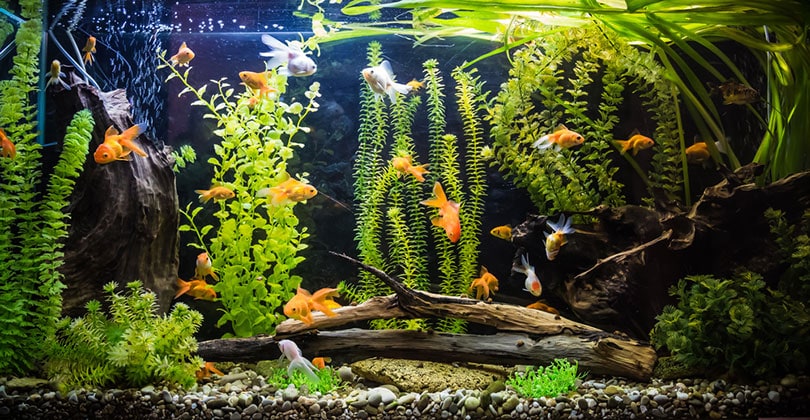
Conclusion
Choosing the right aquarium plants will ensure that you successfully grow healthy and beautiful plants. This does take some research on the front end to ensure you are choosing the best plants for your setup, and it ensures you know how to plant and care for your plants over time properly. Proper care will give you the healthiest plants, so the extra time the research requires is definitely worth it.
Also See:
- Complete Care Guide for Planting & Growing Water Lettuce in Your Aquarium
- Complete Care Guide for Planting & Growing Water Sprite in Your Aquarium
- Complete Guide to Planting & Growing Eelgrass in Your Aquarium
Featured Image Credit: IvanaStevanoski, Shutterstock



